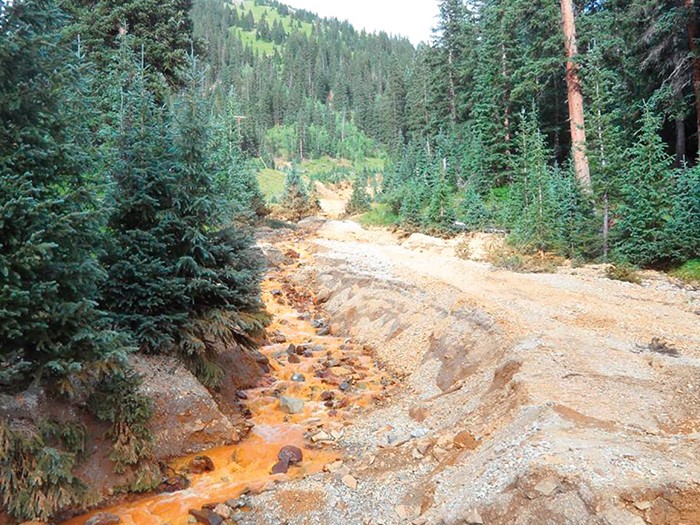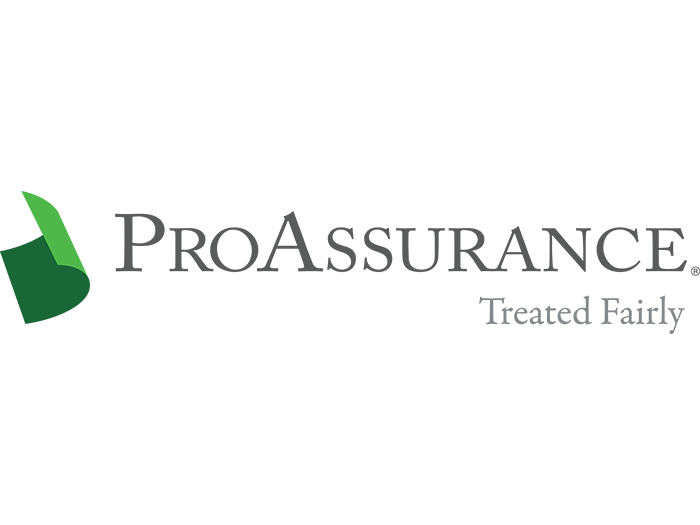Water Quality
Heavy Metal in the Water

Thanks to nationwide media coverage of the “orange river” acid mine drainage (AMD) spillage at the abandoned Gold King Mine in Silverton, Colo., the health of the nation’s waterway system attracted much more attention in the past year.
But, in fact, according to the federal Environmental Protection Agency, AMD is the greatest danger to the waterway environment in the United States on an ongoing basis.
“Acid mine drainage is a huge problem,” said Sharon, Pa.-based Rod Taylor, managing director with Aon’s environmental group.
“It’s not just a matter of current mining operations, which now have come under environmental regulations with respect to wastewater discharges, but drainage from abandoned mines that were explored, developed and worked out over the last 125 years in this country with little regard to environmental impact.”
There are hundreds of thousands of abandoned mines in the United States, located primarily in 12 Western states and Alaska where gold, silver, copper, zinc and other precious minerals were mined.
In addition, coal was and is extensively mined in the East, Midwest and the South presenting similar problems, experts said.
“AMD is a problem in streams, rivers and lakes where mineral deposits and mining are prevalent,” Taylor said. It is caused when water flows over or through sulfur-bearing materials, forming solutions of environmentally harmful acidity.
“The parties that are responsible in today’s environmental regulatory world would obviously be the mine operators,” he said.
“The Department of Interior’s estimate of the cost for cleaning up the estimated 500,000 abandoned mine sites in the U.S. range from $32 billion to $72 billion.” — Rod Taylor, managing director, Aon’s environmental group
But while the mine owners are required to post evidence of financial responsibility for mine closure and post-closure care, the amounts required have proven to be inadequate, Taylor said.
“Operators and owners of abandoned mines often are no longer in business,” he added.
“Some that are still around are not financially capable of responding to the problem. This leaves the cleanups and closure for tens of thousands of abandoned mines to taxpayers and government agencies.”
To focus on the daunting problem in the U.S. — in addition to state agencies — the federal government has four agencies devoted to dealing with AMD: the EPA, the Department of Interior’s Bureau of Land Management, the Interior Department’s Office of Surface Mining Reclamation and Enforcement, and the Department of Agriculture’s Forest Service.
Collectively, these agencies spent $2.6 billion from 1997 through 2008 on hardrock mine reclamation, Taylor said.
By itself, the resources that the EPA has to devote to the AMD problem are grossly inadequate for what the task will cost, Taylor said.
“The Department of Interior’s estimate of the cost for cleaning up the estimated 500,000 abandoned mine sites in the U.S. range from $32 billion to $72 billion,” he said.
“If the EPA’s spending rate of $221 million a year was maintained, the abandoned mines could take 325 years to clean up.”
Taylor noted that insurance for AMD might be available for people who are impacted downstream.
“So if you were operating a marina and if there was a chance for a release of AMD from a mine upstream you could purchase environmental insurance as the owner of a site that was affected by AMD,” he said.
“Or you could purchase insurance that could cover you in the event operations were impacted,” Taylor added. “Or if you’re a water delivery system, you might consider insurance if that system had its source in rivers where AMD existed.”
Overall, said Jim Vetter, a Salt Lake City-based managing director with Marsh’s environmental practice, getting gradual pollution coverage for mines is difficult because of the risk perceived by the markets for the industry class as a whole.
“That said,” noted Vetter, “there are some markets that have appetite for mining risks and could cover off-site pollution conditions such as cleanup and third-party bodily injury and property damage claims migrating from a property, depending upon the site-specific details.”
AMD leaks from mines that are inactive, so federal and state agencies bear the burden of addressing it, said Vetter. “But there are a lot of instances where there are current owners that are highly responsible and involved in trying to address the waste drainage.
“In those cases, those operators are incurring significant costs around water treatment. They may be operating wastewater treatment systems. They may be using more passive systems where they’re putting in limestone aggregate to increase the pH of the water,” he said.
Taking the Financial Risk
Also, there are specific companies called environmental buy-out firms that actually have appetite to assume the cleanup risk and water treatment obligation from a company.
“So suddenly you have somebody who is operating a water treatment system that is either installed or has to be constructed,” said Vetter.
“These companies come in and say, ‘We’ll put a value on what it will cost to do the cleanup or operate the water treatment and then we will take that liability from you in cash.’”
“So if you don’t have an owner and there’s no current insured on whom to make a claim, sometimes you can reach back and make a claim on prior insureds under long-past insurance policies if they are still available.” — David Rieser, an attorney with K&L Gates in Chicago.
“These buy-out firms are taking on the risk around financial performance,” Vetter said.
From a risk management perspective, the issue surrounding AMDs in the U.S. is more about who is legally responsible, said Vetter. “You’ve got what is called joint and several liability. Joint and several liability essentially means that once you are in the chain of liability, you can be brought back into the risk again in whole or in part.”
David L. Rieser, of counsel at K&L Gates LLP in Chicago who covers environmental law, said he doubted that commercial general liability policies “would cover releases from mines because of the absolute pollution exclusion. This excludes coverage for claims resulting from releases of contaminants or pollutants.”
There may be coverage under pre-1980s policies that did not have these exclusions, Rieser added.
“There may also be coverage under specialized pollution liability policies which are now available.
“And a lot of these occurred from mines that have long been abandoned,” Rieser said.
“So if you don’t have an owner and there’s no current insured on whom to make a claim, sometimes you can reach back and make a claim on prior insureds under long-past insurance policies if they are still available.”
When it comes to risk management and AMD, “you’re talking about the physical reality of controlling these releases from uncertain or unknown conditions,” Rieser said.
“Sometimes releases occur as a result of geological events where an older mine will suddenly be releasing drainage into a nearby waterway as a result of an earthquake or minor kind of tremor, depending on the geology in the area.
“Under current mining regulations there are any number of different ways people can manage the programs that watch for potential releases and make sure the waste materials stay in the right place,” Rieser said. &













